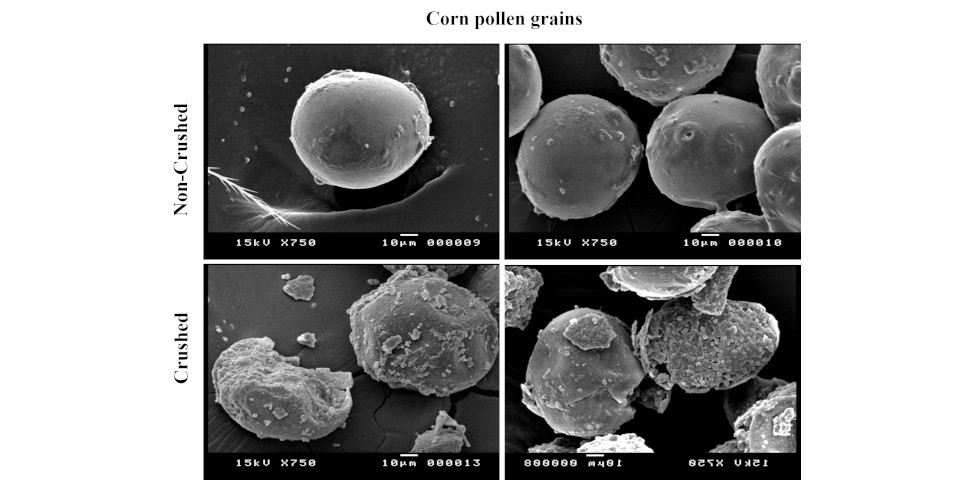A honey bee colony’s ability to grow and develop is dependent on adequate nutrition. Bees collect pollen from flowers as a source of protein, fat, vitamins, and minerals. The crude protein content of corn pollen is considered low, around 15%; however, bees frequently visit the male flowers of the tassels for pollen. In this study, we aimed for the first time to improve the nutritious value of corn pollen by mechanically crushing its external pollen wall. We then compared the effect of feeding crushed vs. non-crushed corn pollen grains on honey bee diet consumption, digestibility, hemolymph protein content, hypopharyngeal gland (HPG) size, and thorax weight under laboratory conditions. We found that crushing corn pollen grains increased diet digestibility and hemolymph protein content while decreasing honey bee pollen consumption (−39.88%). Crushing pollen however had no effect on HPG size or thorax weight. These findings may be beneficial to beekeepers in areas where corn monoculture is prevalent. The effect of crushed corn pollen on larval development and growth, as well as colony development and vitality, should be investigated in future studies.
2412 Members
127 Countries!
127 Countries!










